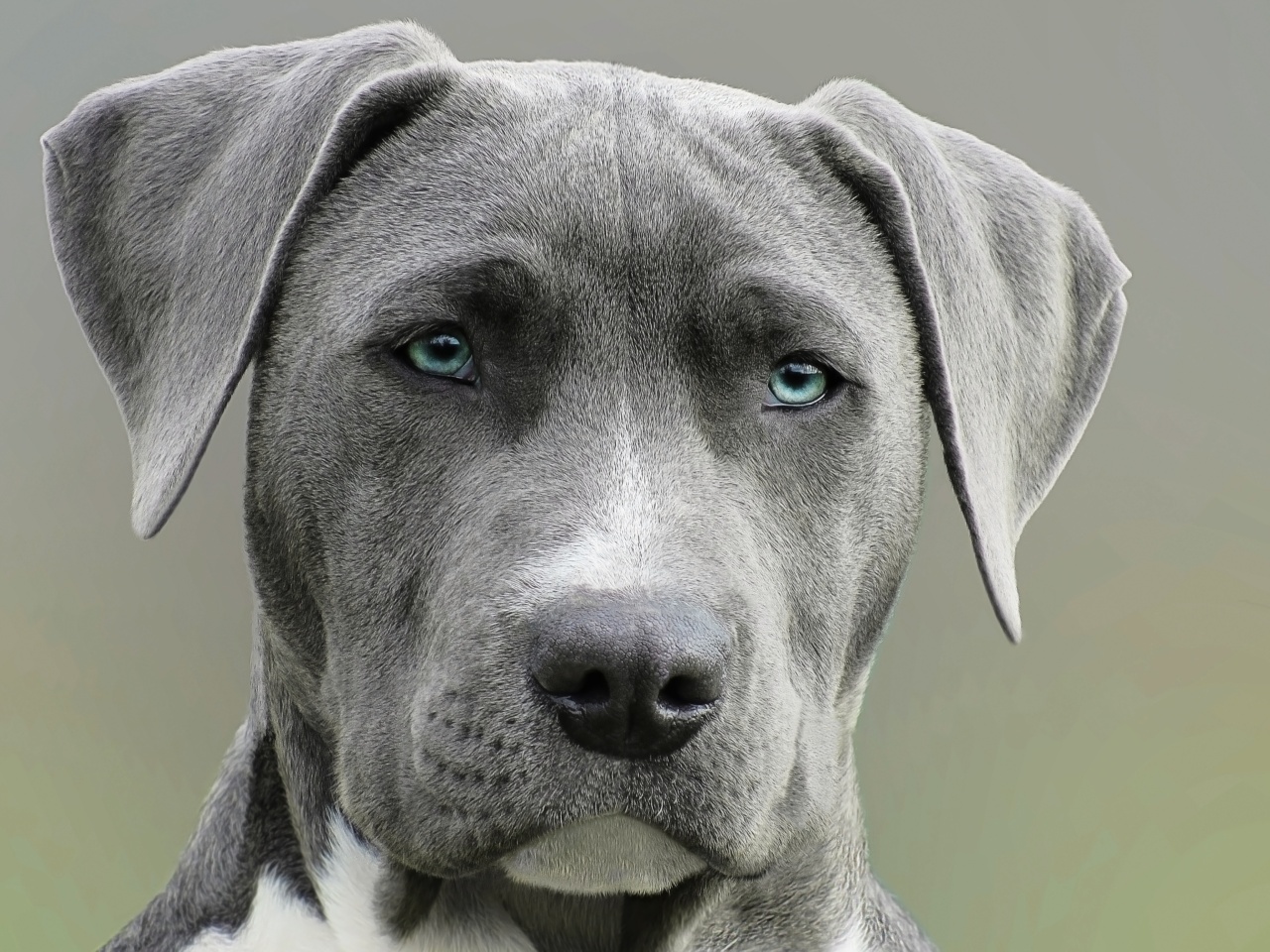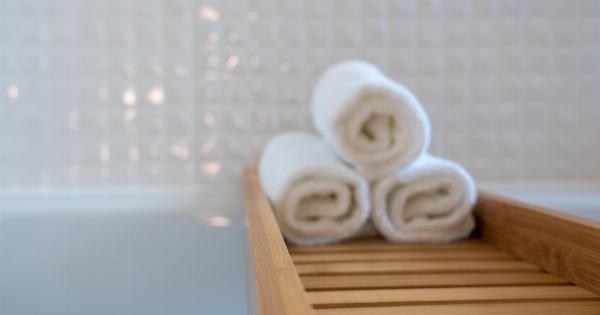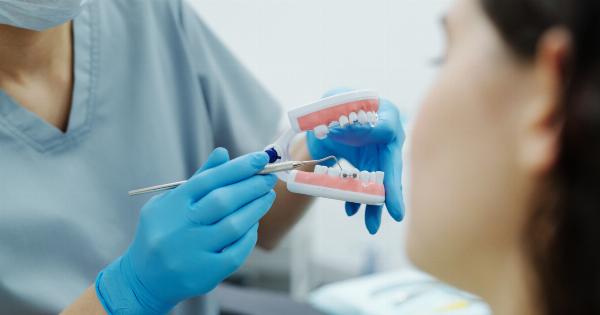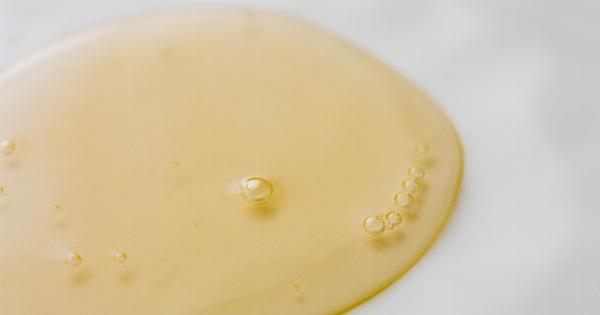As a parent, keeping your baby clean and healthy is a top priority. This includes properly caring for their delicate ears, eyes, and nose.
While these areas require regular attention, it’s important to know the dos and don’ts to avoid causing any harm or discomfort to your little one. Follow these guidelines to ensure a safe and effective cleaning routine.
Cleaning Your Baby’s Ears
When it comes to cleaning your baby’s ears, less is more. The outer part of the ear, called the pinna, can be gently wiped using a soft cloth or cotton ball dampened with warm water.
Avoid inserting anything into the ear canal, including cotton swabs or your fingers, as this can push wax deeper and potentially cause damage.
If your baby’s ears appear to have excessive wax buildup or appear red and irritated, it is best to consult a pediatrician. They can provide proper guidance and recommend safe methods for removal if necessary.
Caring for Your Baby’s Eyes
Babies are prone to eye infections and issues, but cleaning their eyes is a simple task that can help prevent infections and keep their eyes clear. Begin by washing your hands thoroughly.
Take a clean, damp washcloth or cotton ball and gently wipe from the inner corner of the eye to the outer corner. Use a separate cloth or cotton ball for each eye to avoid spreading any potential infection.
If your baby’s eyes become red, swollen, or produce discharge, it is important to consult a pediatrician. These symptoms may indicate an infection that requires medical attention.
Proper Nose Cleaning Techniques
Keeping your baby’s nose clean is essential for their comfort and overall well-being. Babies have tiny nasal passages that can easily become congested, especially during cold and flu seasons.
To clear their nose, you can use a rubber bulb syringe, also known as a nasal aspirator.
To use the nasal aspirator, gently squeeze the bulb before inserting it into your baby’s nostril. Release the bulb slowly to suction out any mucus. Repeat the process for the other nostril.
It is important to clean the aspirator thoroughly after each use to prevent the growth of bacteria.
The Dos of Cleaning Your Baby’s Ears, Eyes, and Nose
1. Use clean and sterile tools: Always ensure that the materials you use for cleaning your baby’s ears, eyes, and nose are clean and sterile to avoid introducing any harmful bacteria.
2. Be gentle: When cleaning these delicate areas, it is crucial to be gentle to avoid causing any discomfort or injury to your baby.
3. Use appropriate techniques: Follow the recommended techniques for cleaning each area to promote effective cleaning while avoiding any potential harm.
4. Seek professional advice: If you notice any persistent issues or have concerns about your baby’s ears, eyes, or nose, consult a pediatrician for their expert guidance.
The Don’ts of Cleaning Your Baby’s Ears, Eyes, and Nose
1. Inserting objects: Never insert cotton swabs, fingers, or any objects into your baby’s ear canal, eyes, or nose. This can lead to injury or push debris further inside, causing potential harm.
2. Using harsh products: Avoid using harsh chemicals, soaps, or lotions around your baby’s ears, eyes, or nose. Stick to mild, baby-friendly products to maintain their sensitive skin’s health.
3. Over-cleaning: While it’s essential to keep these areas clean, over-cleaning can disrupt the natural balance and potentially irritate your baby’s skin. Stick to gentle and necessary cleaning routines.
4. Ignoring symptoms: If you notice any unusual symptoms, such as redness, swelling, discharge, or persistent discomfort, do not ignore them. Promptly consult a healthcare professional for a proper diagnosis and treatment, if required.
Conclusion
By following the dos and don’ts outlined above, you can ensure proper care and hygiene for your baby’s ears, eyes, and nose. Remember, gentle and minimal intervention is the key.
Regularly monitor these areas for any abnormalities and seek professional advice as necessary. Your baby’s health and well-being are of utmost importance.































